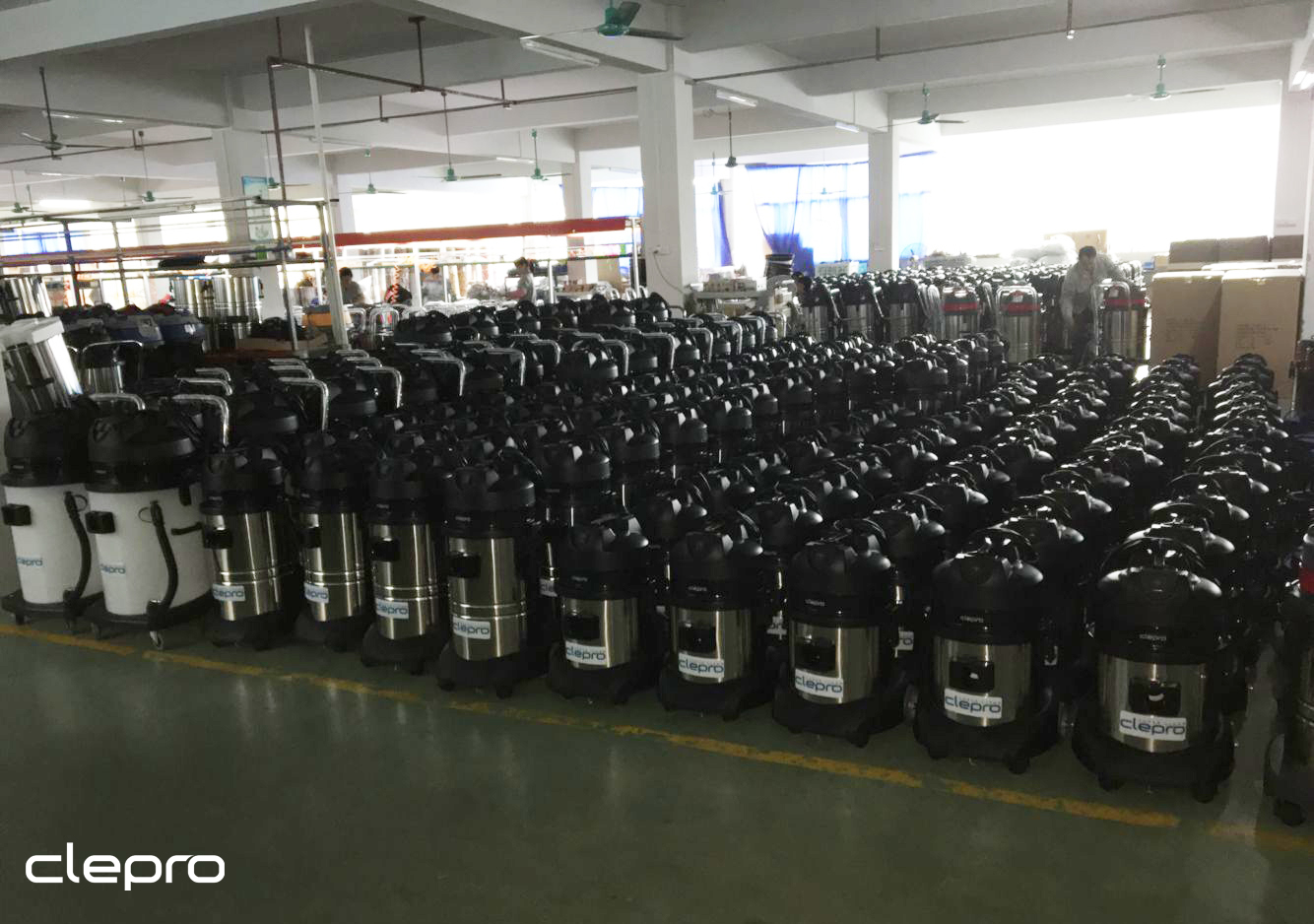Choosing an industrial vacuum is not easy. Industrial vacuums and commercial vacuums have an almost endless array of uses in industries and institutions these days.

Vacuums come in all sizes - from small canister vacuums to large 55 gallon capacity units and even larger. They are used for everything from routine clean up to recovery of valuable materials, such as precious metals. You'll find these high quality work savers in food plants, chemical, pharmaceutical and petrochemical installations and machine shops. You'll find them aboard ships, in railroad maintenance yards, at airports, in sports arenas and in many other types of facilities. All manner of liquids and dry debris can efficiently be recovered with the right machine. But how do you know which is the right machine for you?
Several factors should be taken into consideration when selecting a vacuum. Vacuums range greatly in quality and price, so comparing one to another can be difficult.
The first component to look at is the heart of the vacuum, the motor. Less expensive vacuums often use what is known as a single stage motor. This simply means that the same air entering the vacuum tank to collect debris is used to keep the motor cool. This greatly increases the possibility of dirt getting into the motor and reducing the life of the vacuum. The best quality vacuums available use two-stage, or by-pass motors.

By-pass motors are constructed so that the impeller housing is sealed and isolated from the motor housing. The motor housing has its own cooling fan, which draws clean outside air into the motor housing. By-pass motors are more expensive, but they are also more reliable.
The next thing to consider is the overall construction of the unit. Is it made of light gauge metal and/or plastic, or is it ruggedly constructed for years of dependable performance? Look for construction of heavy gauge steel, stainless steel and aluminum, or high-density heavy wall plastic construction for reliability and long life.
Next, look at filtration, especially if fine powdery materials have to be recovered. The best vacuums utilize multiple element filtering, where the first element captures a bulk of the materials leaving the filter elements that follow, to progressively filter out smaller size particles. Typically, standard vacuums can filter down to the range of 10 to 20 microns particle size. For comparison, a human hair is 100 microns in diameter. HEPA (high efficiency particulate air) filters can filter to 0.3 microns particle size, the size of a particle of tobacco smoke. While originally introduced for hazardous materials recovery, more and more users are looking to HEPA vacuums for fine particle recovery of non-hazardous materials.
For liquid recovery, look for an automatic liquid shut off feature. This usually is nothing more than a float that rises with the surface of the liquid, to block off the intake when the tank is full. Other nice features to look for in a wet pick up unit are a tilting tank, like the Model Clepro S1/15 and an integral pump in the tank, such as the Clepro S1/30 . These features make emptying the tank much easier.
Lastly, consider the primary application for your vacuum. This will determine whether you need a high flow, or a high lift machine. High flow vacuums, such as the Clepro CP-101, are ideal for vacuuming light, powdery materials, such as soot and dust. However, if wet pickup is your primary application, the Clepro S2/60 Pump-Out Vacuum with an 82" static water lift is your best choice among electric vacuums. For both, wet and dry pick-up applications, we recommend the EV-60-T Tilt Vacuum. It combines an 82" static water lift with a 120 CFM air flow and a convenient tilt bar for easy dumping of both, wet and dry materials. If the ultimate in portability is important, like the Model Clepro S3/60. This type of machine is ideal for offices, theatres and other areas where ease of movement is important to the operator.
Kanozen
